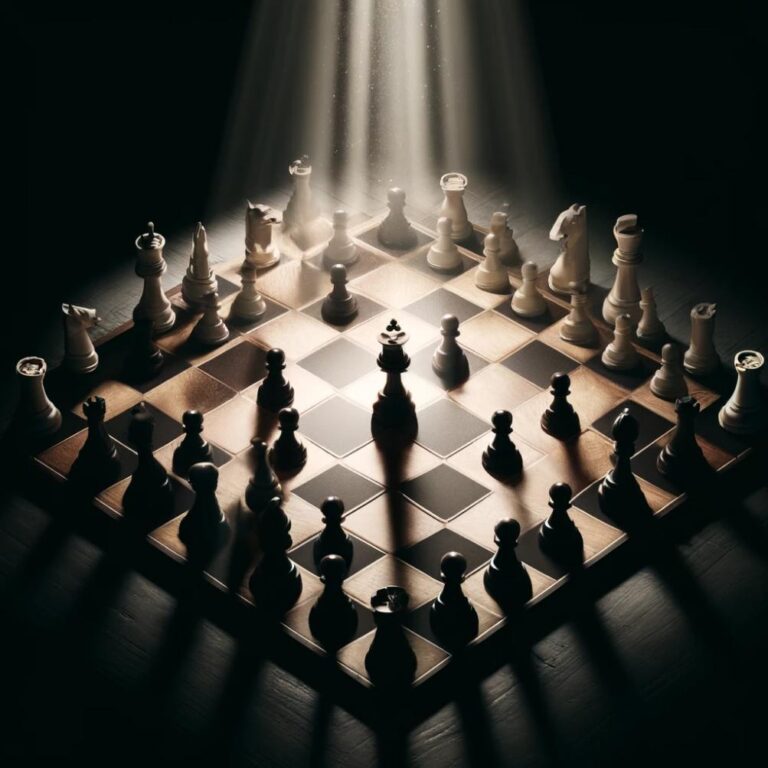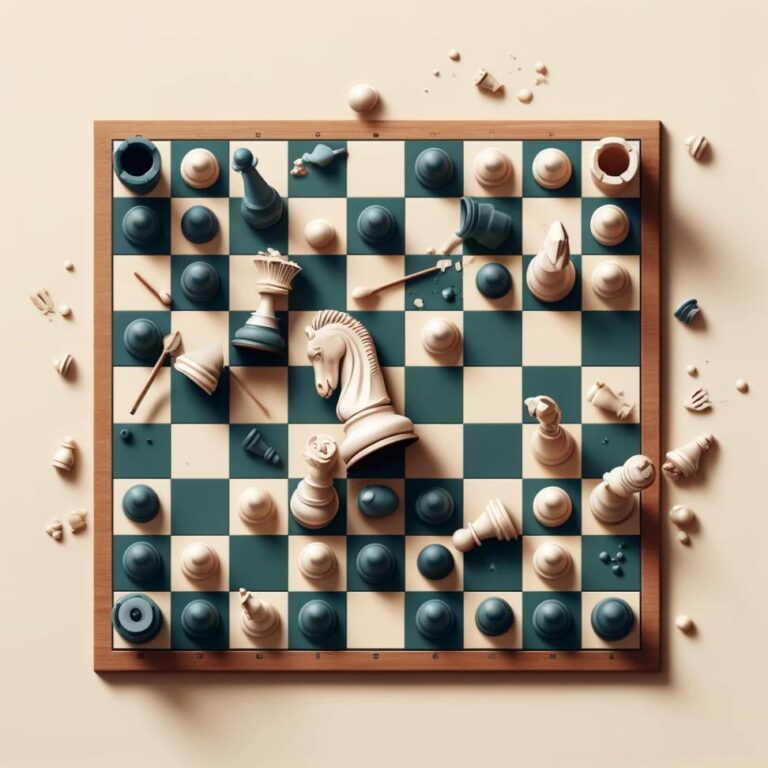The knight, with its unique movement and versatility, stands as one of the most intriguing pieces on the chessboard. Unlike other chess pieces, the knight’s move is not linear, making it a powerful tool in the hands of a strategic player. Understanding how a knight moves is fundamental for beginners and crucial for seasoned players aiming to refine their tactical play. This article will delve into the mechanics of the knight’s movement, its strategic implications, and tips for maximizing its potential in your games.
The Basics of Knight Movement
The knight moves in an ‘L’ shape, which can be visualized as two squares in one direction followed by one square perpendicular to that direction, or vice versa. This movement allows the knight to jump over other pieces, both friendly and enemy, making it the only piece in chess that can bypass blockers. Here are key points about the knight’s movement:
- L-Shaped Movement: The knight moves to any of the closest squares that are not on the same rank, file, or diagonal. This results in an ‘L’ pattern consisting of two squares in one direction and one square in a perpendicular direction.
- Jumping Ability: The knight can jump over pieces, regardless of their color. This ability allows the knight to exert influence on the board even when the path appears blocked.
- Board Coverage: From the center of the board, a knight can access up to eight squares. Its reach decreases to four squares when positioned at the edge of the board, highlighting the importance of centralization for maximizing its potential.
Strategic Implications of Knight Movement
The knight’s unique movement offers several strategic advantages in chess:
- Forking: One of the knight’s most powerful tactics is the fork, where it attacks two or more pieces simultaneously, often leading to material gain.
- Positional Flexibility: The ability to jump over pieces gives the knight superior maneuverability in crowded positions, making it an invaluable asset in complex middlegame scenarios.
- Knight Outposts: A knight becomes extremely powerful when placed on an outpost – a protected square deep within enemy territory. From here, it can threaten key squares and pieces without easily being dislodged.
Maximizing Your Knight’s Potential
To leverage the full power of your knights, consider the following strategies:
- Centralization: Aim to position your knights towards the center of the board, where they can exert influence over the greatest number of squares.
- Coordination with Other Pieces: Use your knights in coordination with other pieces to control critical board areas, set up tactical motifs, and support your broader game strategy.
- Avoiding the Edges: Since a knight’s mobility is significantly reduced on the edges of the board, it’s generally advisable to keep them away from these positions unless there’s a specific strategic reason.
Practical Exercises
Enhancing your knight play involves practical exercises and continuous practice. Here are a few exercises to improve your understanding and utilization of knights:
- Knight Tours: Practice moving a knight to every square on the board without repeating any square. This exercise improves your spatial understanding of the knight’s movement.
- Tactical Puzzles: Solve chess puzzles that focus on knight tactics, such as forks, pins, and skewers, to sharpen your tactical vision.
- Game Analysis: Study games by knight-centric players like Mikhail Tal or Bobby Fischer. Pay special attention to how they deploy their knights effectively throughout the game.
Conclusion
The knight’s unique movement and jumping ability make it a formidable piece on the chessboard, capable of turning the tide of a game with its tactical and strategic prowess. By understanding the nuances of knight movement and incorporating these principles into your play, you can unlock new dimensions of your chess strategy, making your game more dynamic and unpredictable. Remember, mastery of the knight, like all aspects of chess, comes with practice, study, and a keen sense of the game’s deeper strategic undercurrents.







